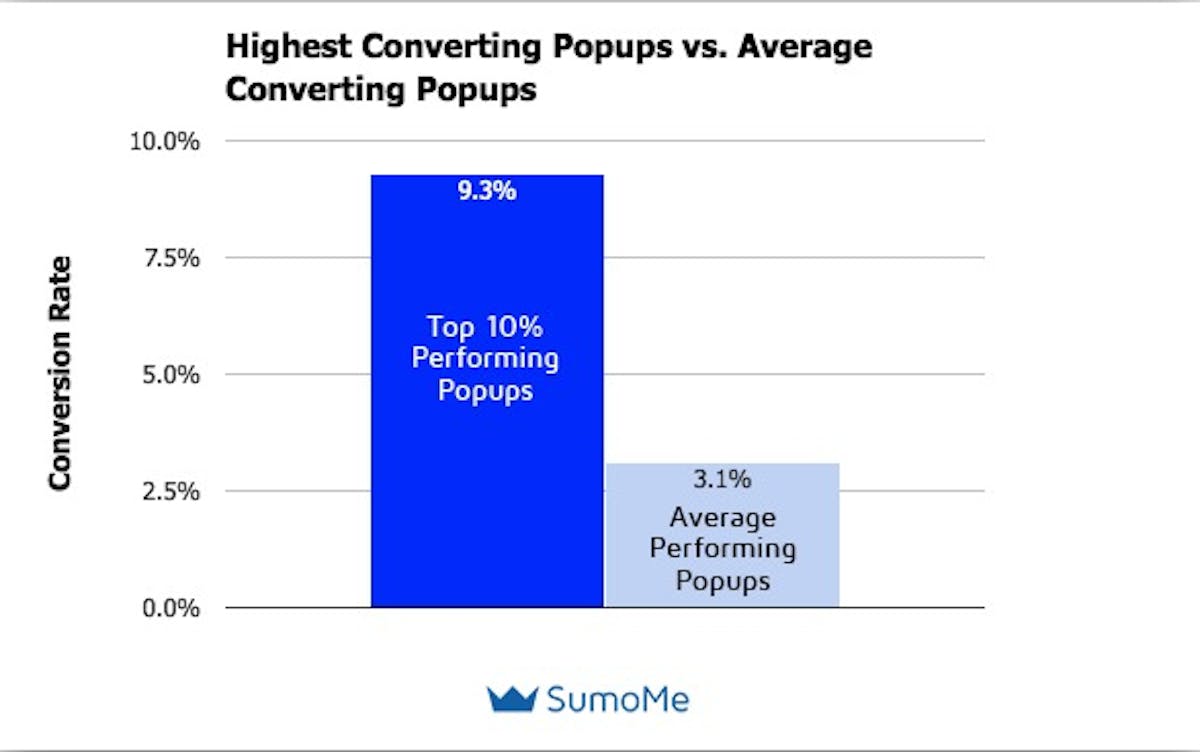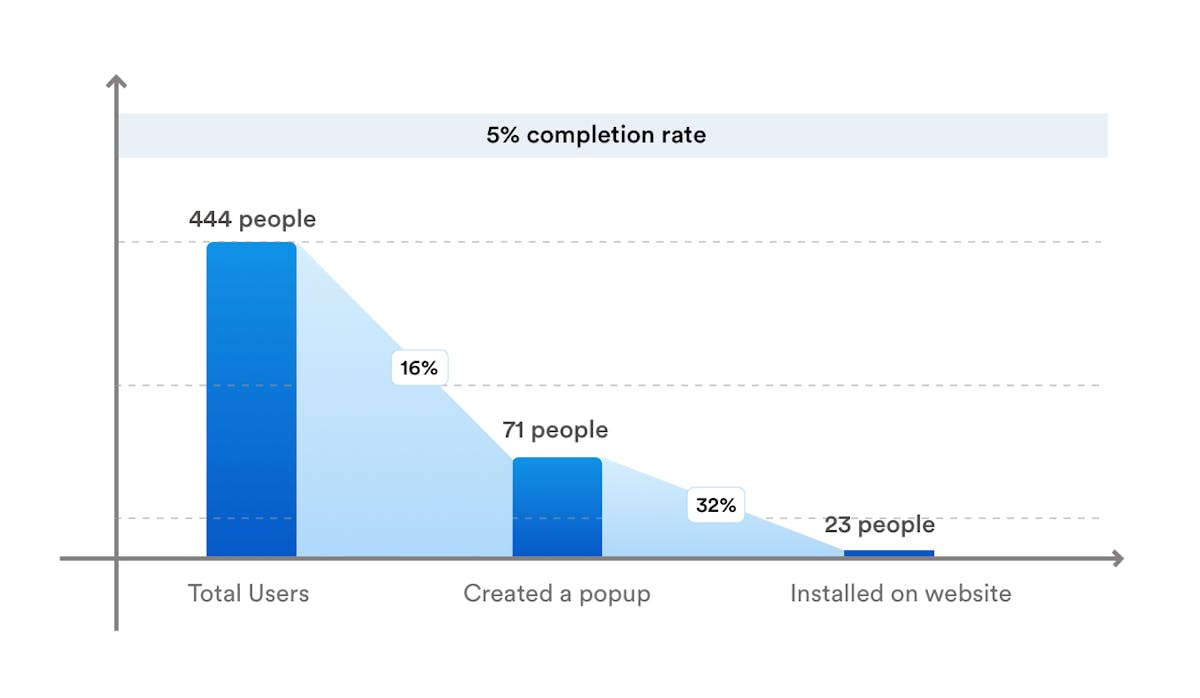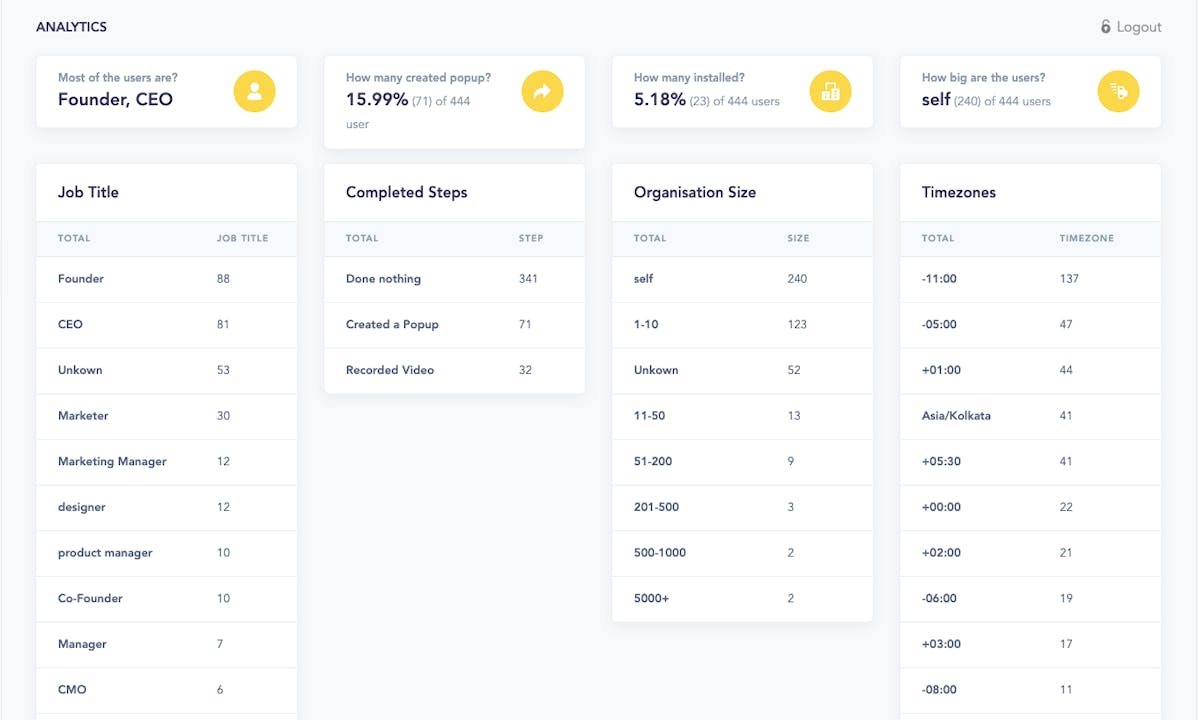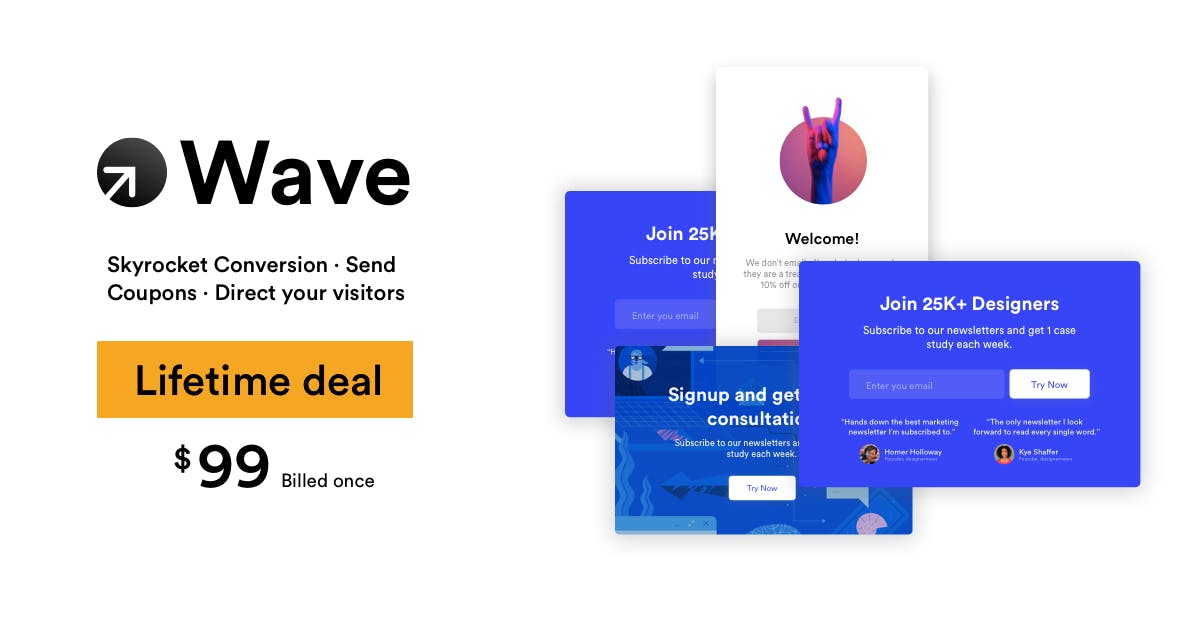10 months ago, I launched Prosper which started as an NPS software, but ended up becoming a marketing tool. I’m writing this to reflect on why I won't be working on Prosper anymore. What went wrong? What went good? And lastly, what I’m working on next.
The Launch
The idea behind Prosper was simple, video popups for capturing email address. I added video inside popups to make marketing more real by showing the real person behind the website. It was a completely an unexplored idea. I developed Prosper on weekends and after office hours as I had a full time job.
It took me a month or two to develop, and on Oct 15th, I launched Prosper on Product Hunt and Hacker News. At the time of launch, I kept the product free, so people could try it out without any friction. The launch went pretty good, and Prosper became #5 trending product of the day.
For launching on Product Hunt, you might have heard of tactics like, post on Tuesday, 00:00 pacific time. All these matters!. But, one thing that helped me was - the idea. It was the new which helped me a lot in catching eyeballs. People were automatically sharing and talking about the product.
And, getting comments from Ryan Hoover (founder of Product Hunt) and Jijo Sunny (founder of Buymeacoffee) added more fuel to my motivation. Whatever users I have got, I can attribute it to Product Hunt only.

At the same time, launching on Hacker News didn’t bring anything. People there didn’t like the product at all. Hacker News is a really unpredictable platform.
Where things started falling
After the launch, I started monitoring how the popups were performing. And, here’s where it all started going down.
According to SumoMe, the average performing popups resulted in 3.1% conversion rate. As I was introducing a new type of solution, it should be at least double the existing conversion rate, which should be around 6%.

For my product, 444 users signed up out of which only 5% (23) of the people gave it a try by installing on their website. Out of this thin slice of bread, the conversion rate was nothing. The conversion rate didn't even match for an average performing popups.

The product needed more experiments at a fast speed like building more types of popups, talking to customers, etc.
After getting such a good reaction to the idea, and the product not performing well. I was stuck. I didn’t know what to do. It was a pretty confusing state to be in. The product needed more work on a fundamental level. With more experiments at a fast speed, and talking to customers, I’m sure the product would have been in a better place.
But it struck me hard. I started losing motivation. I was not able to convince myself that my popup works better than the existing one. It was some kind of decision paralysis, where I didn’t know what to pick up next. As I was working solo, it became difficult for me to iterate fast on the product, respond to customers, and work on marketing it all by myself.
So, as an IndieHacker it turned out to be a pretty bad idea to start with an experimental idea. It was tough and the odds of success are always low if the whole idea is an experiment. It's better to build and serve a proven market that is big enough, as an IndieHacker. Starting with a new idea, that hasn’t been explored much, needs a lot of consistent work which becomes difficult for a single person. So, Prosper turned out to be a bad idea for me.
What Justin Jackson said in good idea or bad idea fit’s here perfectly:
Bad ideas are hungry: they consume whatever energy, money, or time you throw at them, without giving you anything back.Tweet
Good business ideas sweep you up with their momentum.
Quick Learnings
While working on Prosper, I learned a few small things. Here’s some of them:
- One thing that struck out was the importance of keeping in touch with your customers, especially in the early days. Be it on twitter, running an email series, or whatever. That’s where you can learn more about them and decide the direction of the product. Talking to customers on support is the best source where you can know them better.
- Keeping your support channels limited. For Prosper, I added my email address, support email address, live chat, and even a phone number. Creating multiple channels to contact was a terrible move. I was not able to reply properly to any customer. I lost the chance to connect with the customers there. For my next products, I have shifted to live chat only. Much better. There's less friction on reaching over chat.
One tip, don’t install drift. Installing drift was a pretty bad decision. You can’t even reply to a chat from email. And, the whole platform seems to be lost. I have started using crisp for all my products. Much better. Tons of reliable features with great support.
- User onboarding, is very critical. Displaying the value early often and delivering the wow moment will make them come back to your software. Otherwise, people forget about your software after trying it out. If you look at Prosper’s metrics, 76% (341 people) did nothing after signing up. Clearly, I failed at showing the value upfront clearly in as few steps as possible.

What’s next?
I have 2 things on my plate.
Spotlight and a new product I will be working on - Wave.
I’m building a popup builder. It’s one place for all types of popups. This time I’m not looking for an experimental idea. Since I have some experience in this type of product and with all the previous learnings, I hope it will perform better. I plan to focus more on marketing and building it in public. You can follow me on twitter as I share my progress.
Also, I’m offering a lifetime deal until I launch the product. Go, check it out - waveapp.io

Thanks to Divya Sharma for reviewing the article and making it readable :)